María Berrío creates fantastical worlds from Japanese-paper collages in New York
New York-based Colombian artist María Berrío explores a love of folklore and myth in delicate and colourful works on paper
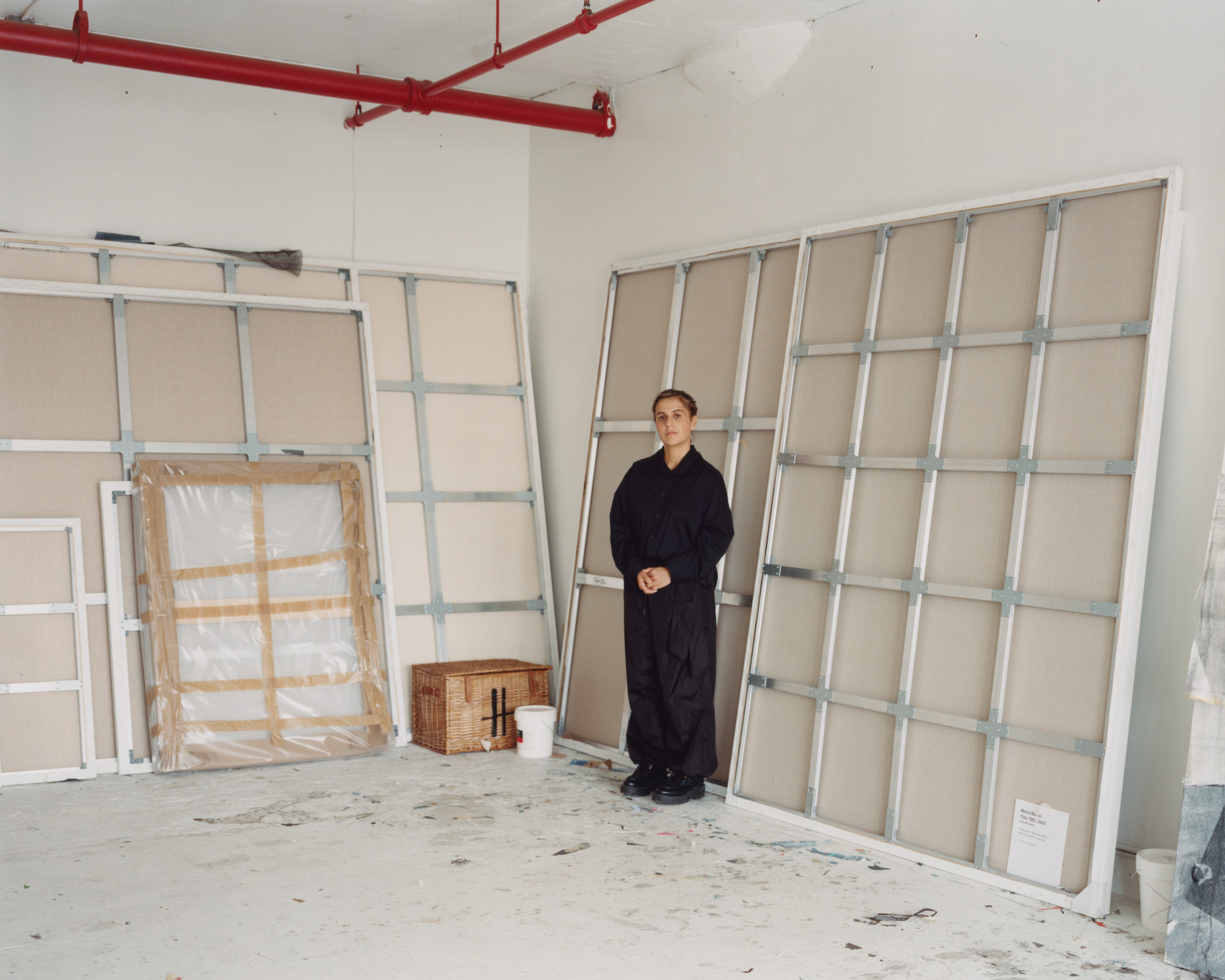
In the work of New York-based Colombian artist María Berrío, nothing is quite as it seems. Otherworldly tales are part myth, part memory, delicately rendered in watercolour on Japanese paper. Her paintings are unexpectedly rife with familiar and contemporary detailing, in a meeting of worlds real and imagined. It is a style that is reflective of Berrío herself.
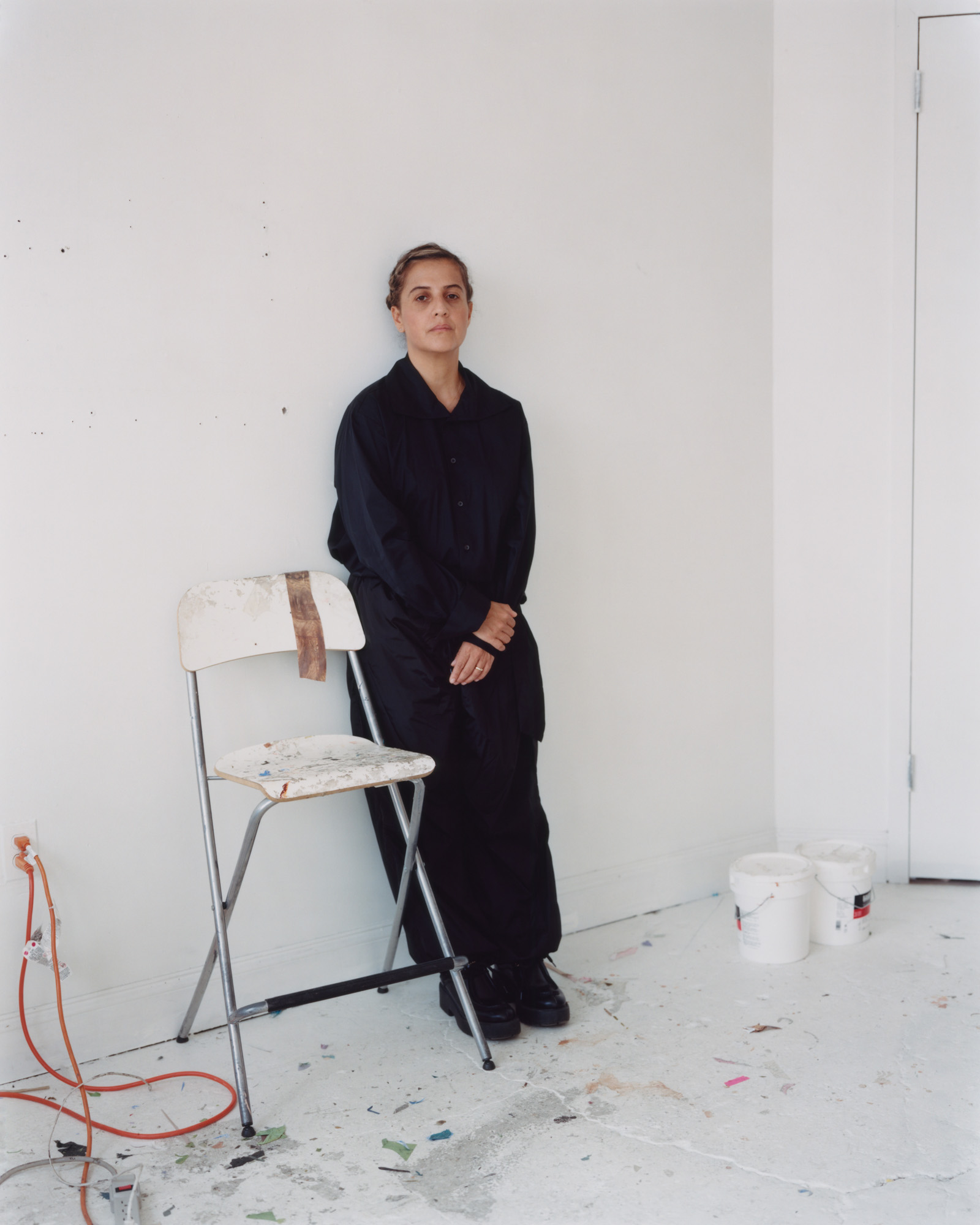
New York-based Colombian artist María Berrío photographed in her Brooklyn studio in August
Growing up in Bogotá, she spent much of her time on a family farm, triggering the love of nature and storytelling she was to build on later. Beginning first by drawing large-scale works in charcoal – ‘it was a way of connecting me to the world,’ she says – Berrío became fascinated with Japanese paper, using it to create collages. In the physical and symbolic act of layering, collage makes a natural medium from which to explore the intersection of past and present.
‘I grew up with legends and myths in Colombia, and this fascination with the magical realism of my culture started in childhood,’ says the artist. ‘This fantastical way of seeing the world is always with me.’
At 18, Berrío moved to New York to study at Parsons School of Design, where she discovered a more contemporary mythical heritage in the famous monuments of the city. The aura of New York’s landmarks loom larger than their reality, a magical symbolism that Berrío draws on in her modern retellings.
Speaking to Berrío during her recent debut solo exhibition at Hauser & Wirth (which ran until 19 October 2025), in New York, we glimpse details of these in an eclectic jumble of references from worlds we’ve heard about or seen.
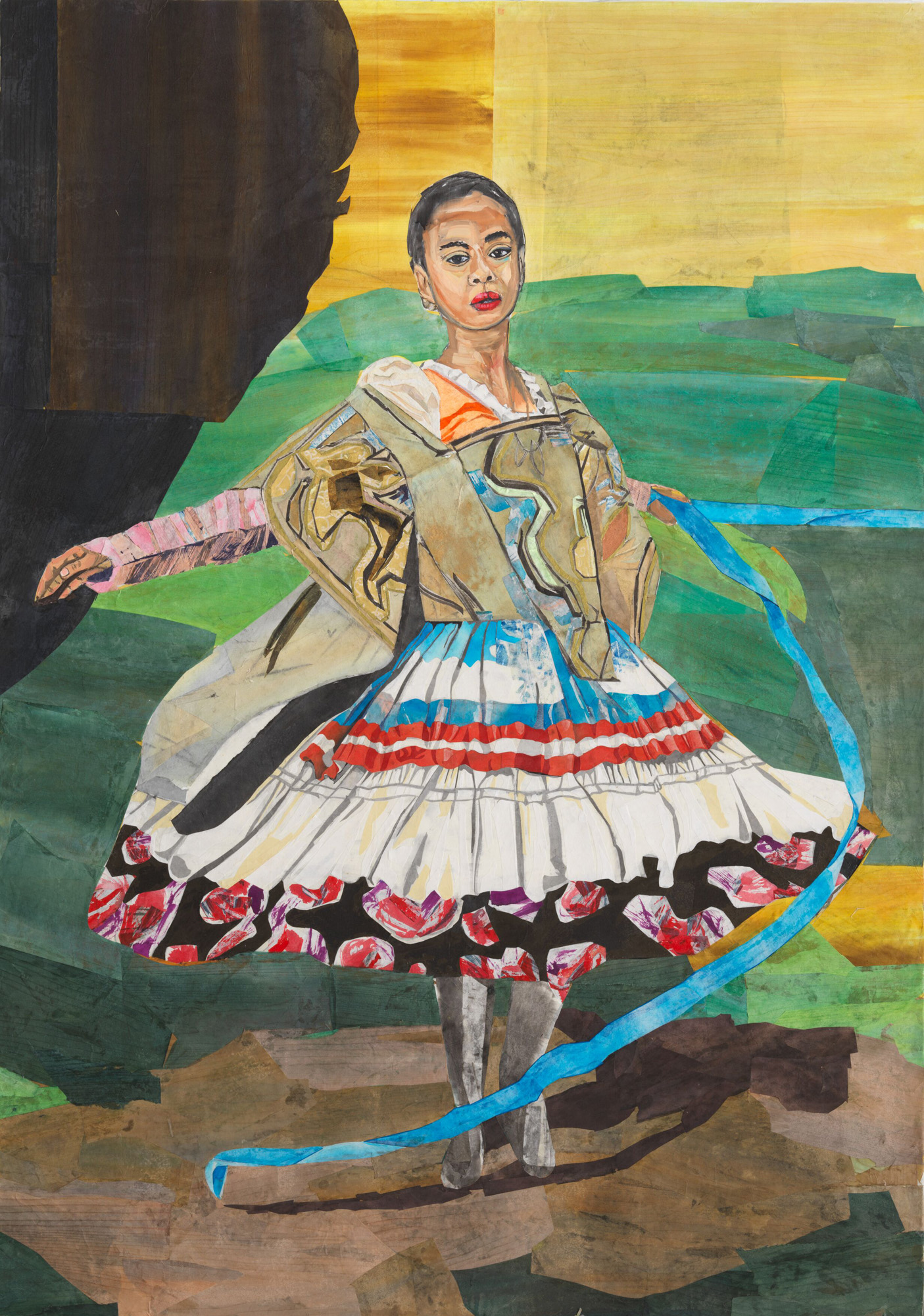
Work by Maria Berrio, 2025, exhibited at Hauser & Wirth New York as part of the exhibition 'Soliloquy of the Wounded Earth'
Works are vast and lifesized in scale. They are created from handmade paper, which is torn, cut into fragments and layered, with the resulting mixture of painting and collage reflecting the disparate nature of oral storytelling itself. A rich narrative runs throughout. Among the works on view at the show, entitled ‘Soliloquy of the Wounded Earth’, is a series of three full-length vertical portraits, in which Berrío reinterprets the myth of the Moirai (or Greek Fates), who here become Colombian dancers swirling a vibrant blue ribbon, synonymous with the fragile thread of life. In planning the paintings, Berrío worked with a dancer, creating an image that sparked the idea for a parallel world, where the artist imagines that the threads of the three fates were stolen by humanity.
‘I grew up with legends and myths in Colombia, and this fascination with the magical realism of my culture started in childhood’
In other works on show, the humans have ceded control of the Moirai’s threads, and disaster reigns. The threads are no longer recognisable, now woven into everyday motifs, such as colourful banners and flags, and used as symbols of war, as sacred as gods to the crowds in the pictures. Berrío encourages us to wonder whether they are all that will be left when people have burned earth to the ground?
Receive our daily digest of inspiration, escapism and design stories from around the world direct to your inbox.
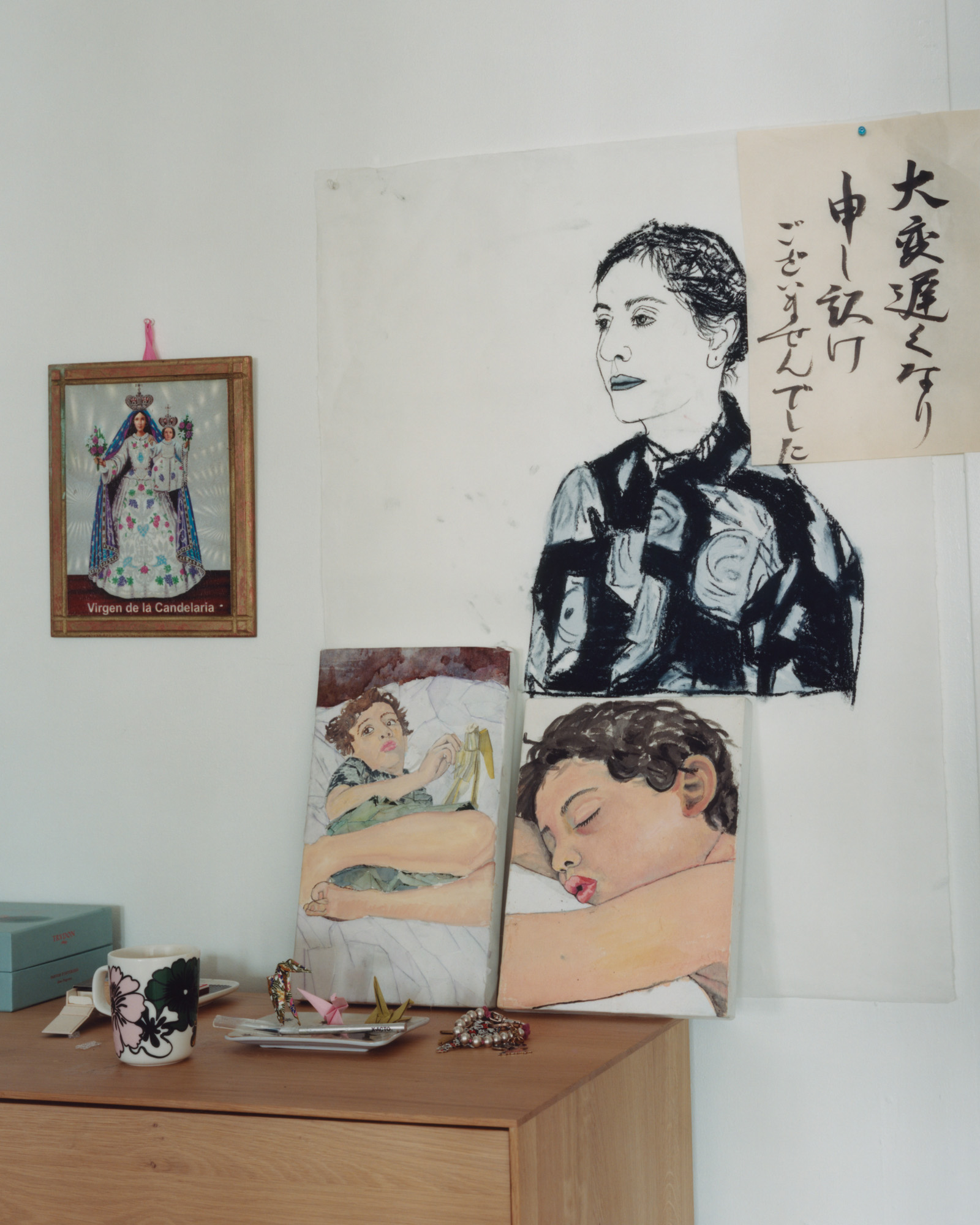
Inside Maria Berrio's Brooklyn studio
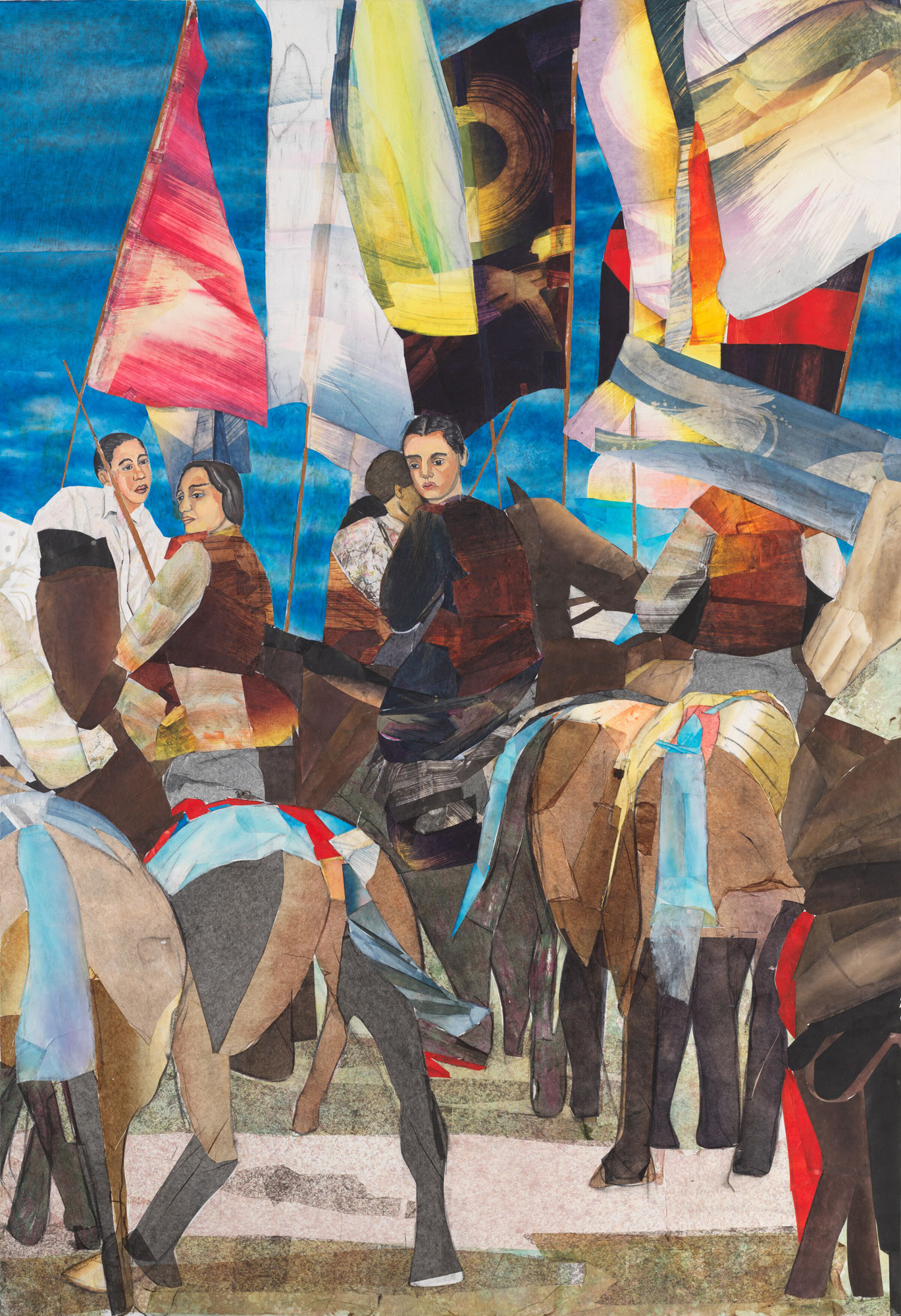
Work by Maria Berrio, 2025, exhibited at Hauser & Wirth New York as part of the exhibition 'Soliloquy of the Wounded Earth'
‘What would happen if humanity could control its own destiny?’ she asks. ‘When you walk into the show, you see the myth that is part of the show, and then the parallel world that has been created. Humans have made their own gods, which you can see flying above the crowds. In the struggle to create their own destiny, it ends up being chaos and warfare. Throughout, there is a mix of contemporary life with fantasy and storytelling.’
The world-building continues in other works where we follow individuals – dancers, adolescents, horseriders – as they make their way through colourful worlds that are both fantastical and surprisingly familiar. ‘All these threads of life are connected, so it’s very powerful, but also quite dark at the same time,’ says Berrío. ‘In my work, there is always this sense of mystery, of beauty, but also of darkness.’
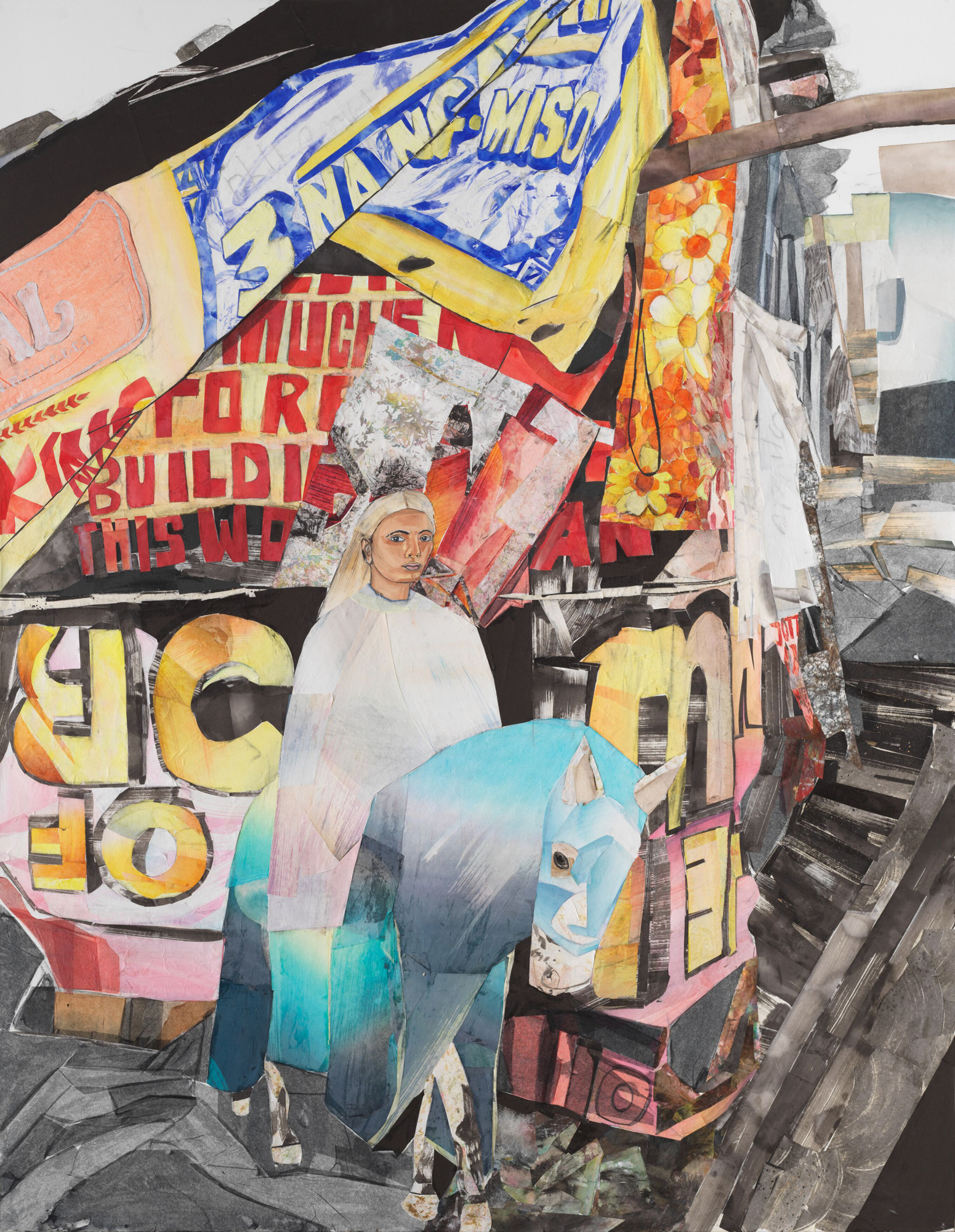
Work by Maria Berrio, 2025, exhibited at Hauser & Wirth New York as part of the exhibition 'Soliloquy of the Wounded Earth'
Berrío has previously focused on the end of rituals. ‘Now I am going back and seeing how these myths were created, and how these ideas could help or inspire people.’ She acknowledges that the internet and social media have created a different approach to telling stories. ‘We have lost a little bit of those oral traditions now that there are new ways of thinking and reading. But I feel it’s important to keep our stories, stories from our ancestors and the ways in which they developed. That’s what I’d like to bring back.’
This article appears in the November 2025 Art Issue of Wallpaper*, available in print on newsstands from, on the Wallpaper* app on Apple iOS, and to subscribers of Apple News + from 9 October. Subscribe to Wallpaper* today
Hannah Silver is the Art, Culture, Watches & Jewellery Editor of Wallpaper*. Since joining in 2019, she has overseen offbeat art trends and conducted in-depth profiles, as well as writing and commissioning extensively across the worlds of culture and luxury. She enjoys travelling, visiting artists' studios and viewing exhibitions around the world, and has interviewed artists and designers including Maggi Hambling, William Kentridge, Jonathan Anderson, Chantal Joffe, Lubaina Himid, Tilda Swinton and Mickalene Thomas.
-
 Hanker after a 1970s supercar? The Encor Series 1 elevates the Lotus Esprit to a new level
Hanker after a 1970s supercar? The Encor Series 1 elevates the Lotus Esprit to a new levelThis limited-edition remastering of the dramatic wedge-shaped Lotus Esprit stops at nothing to improve and enhance the original without losing sight of its analogue excellence
-
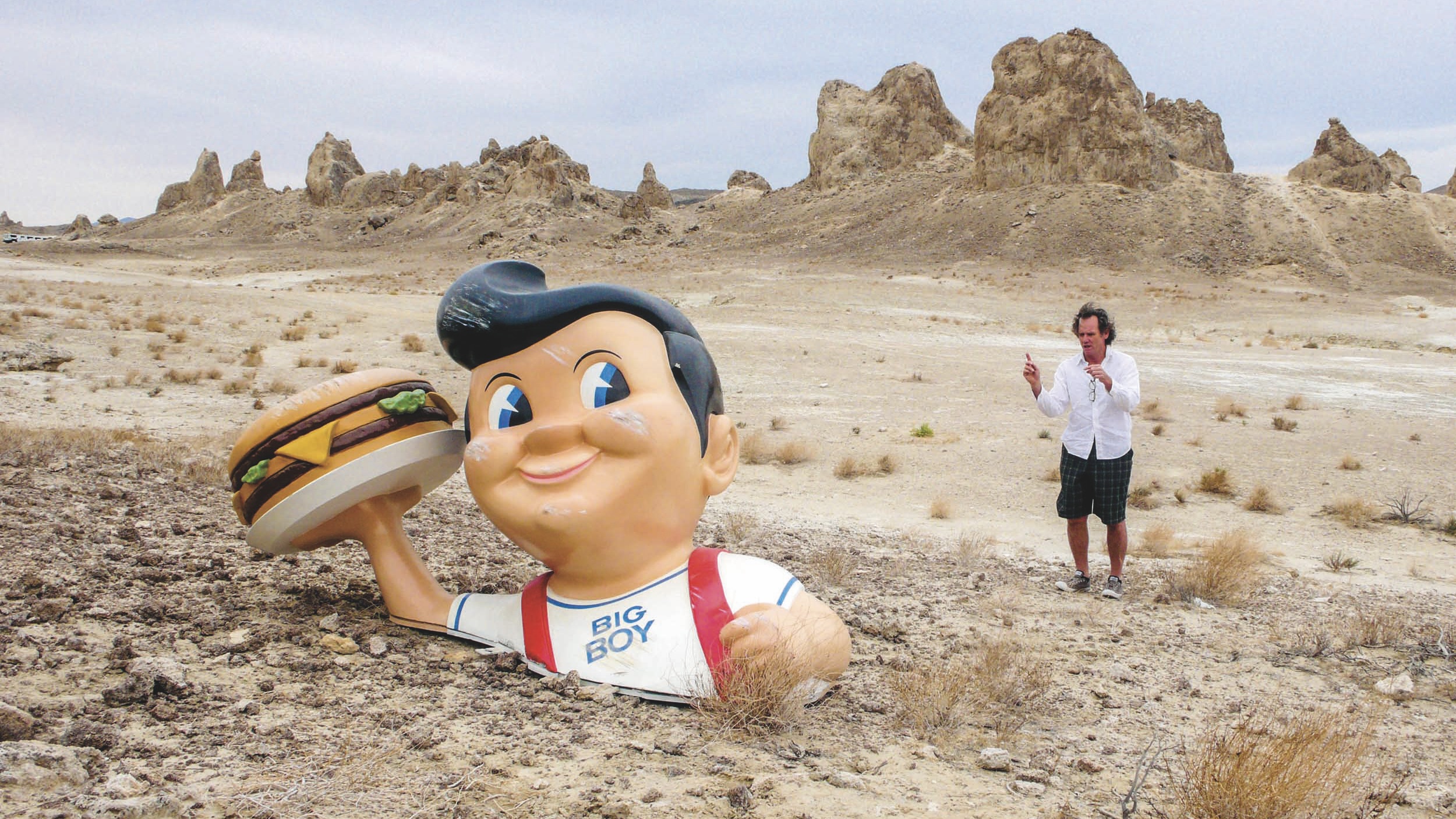 A new photo book takes you behind the scenes of some of cinema's most beloved films, from 'Fargo' to 'Charlie's Angels'
A new photo book takes you behind the scenes of some of cinema's most beloved films, from 'Fargo' to 'Charlie's Angels'Set decorator Lauri Gaffin captures Hollywood's quieter moments in an arresting new book
-
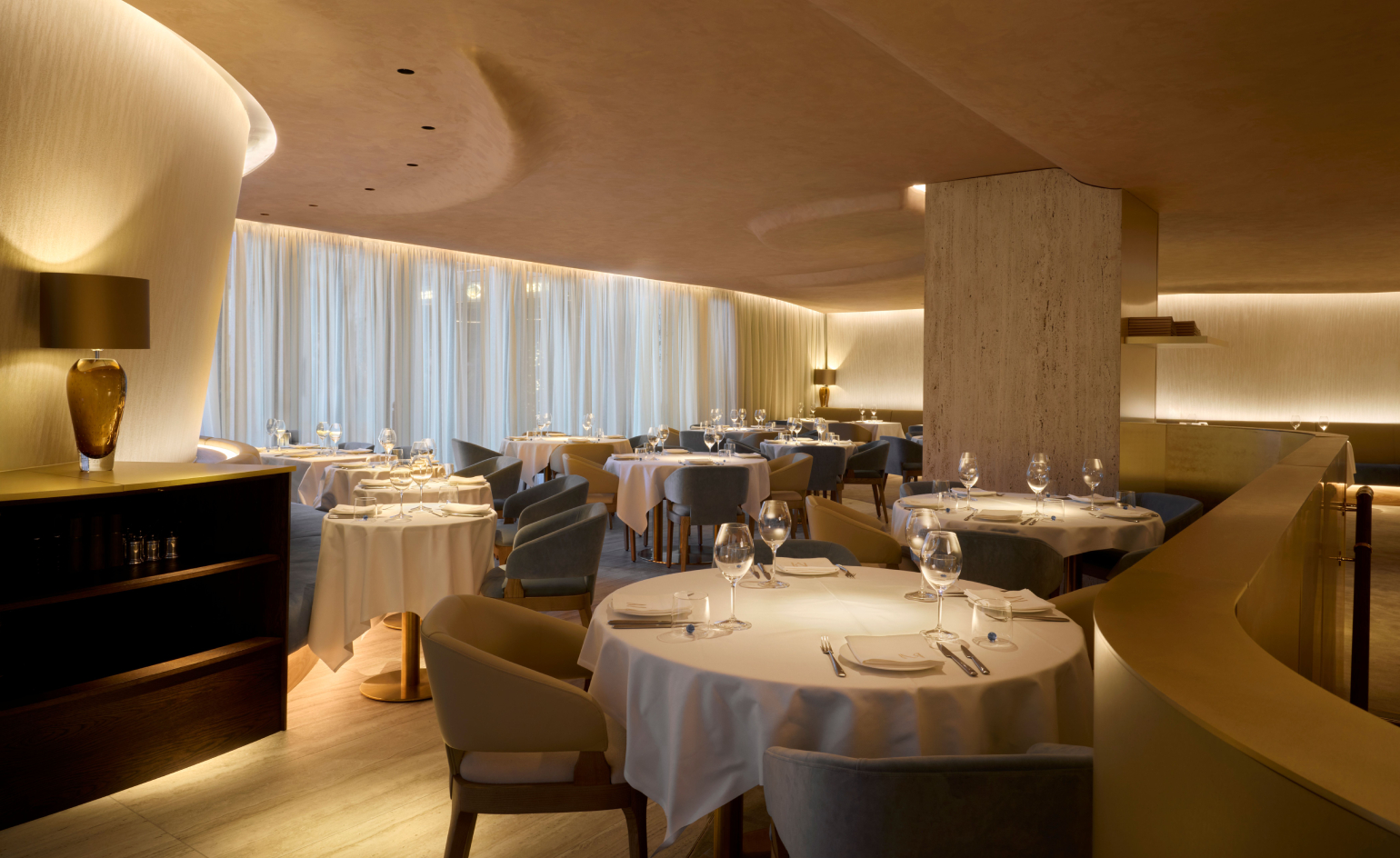 This sculptural London seafood restaurant was shaped by ‘the emotions of the sea’
This sculptural London seafood restaurant was shaped by ‘the emotions of the sea’In Hanover Square, Mazarine pairs a bold, pearlescent interior with modern coastal cuisine led by ‘bistronomy’ pioneer chef Thierry Laborde
-
 Out of office: The Wallpaper* editors’ picks of the week
Out of office: The Wallpaper* editors’ picks of the weekIt’s been a week of escapism: daydreams of Ghana sparked by lively local projects, glimpses of Tokyo on nostalgic film rolls, and a charming foray into the heart of Christmas as the festive season kicks off in earnest
-
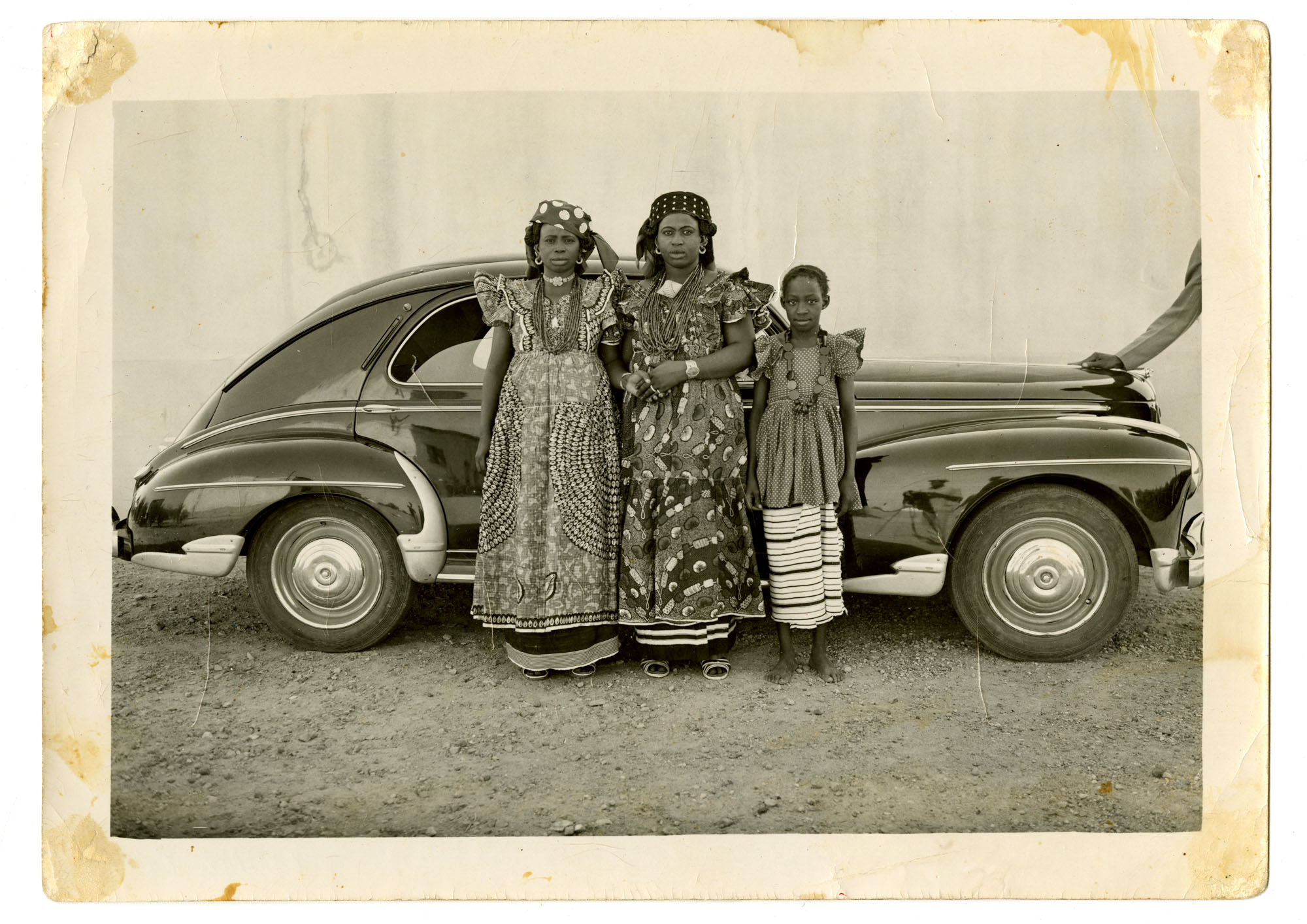 Inside the work of photographer Seydou Keïta, who captured portraits across West Africa
Inside the work of photographer Seydou Keïta, who captured portraits across West Africa‘Seydou Keïta: A Tactile Lens’, an exhibition at the Brooklyn Museum, New York, celebrates the 20th-century photographer
-
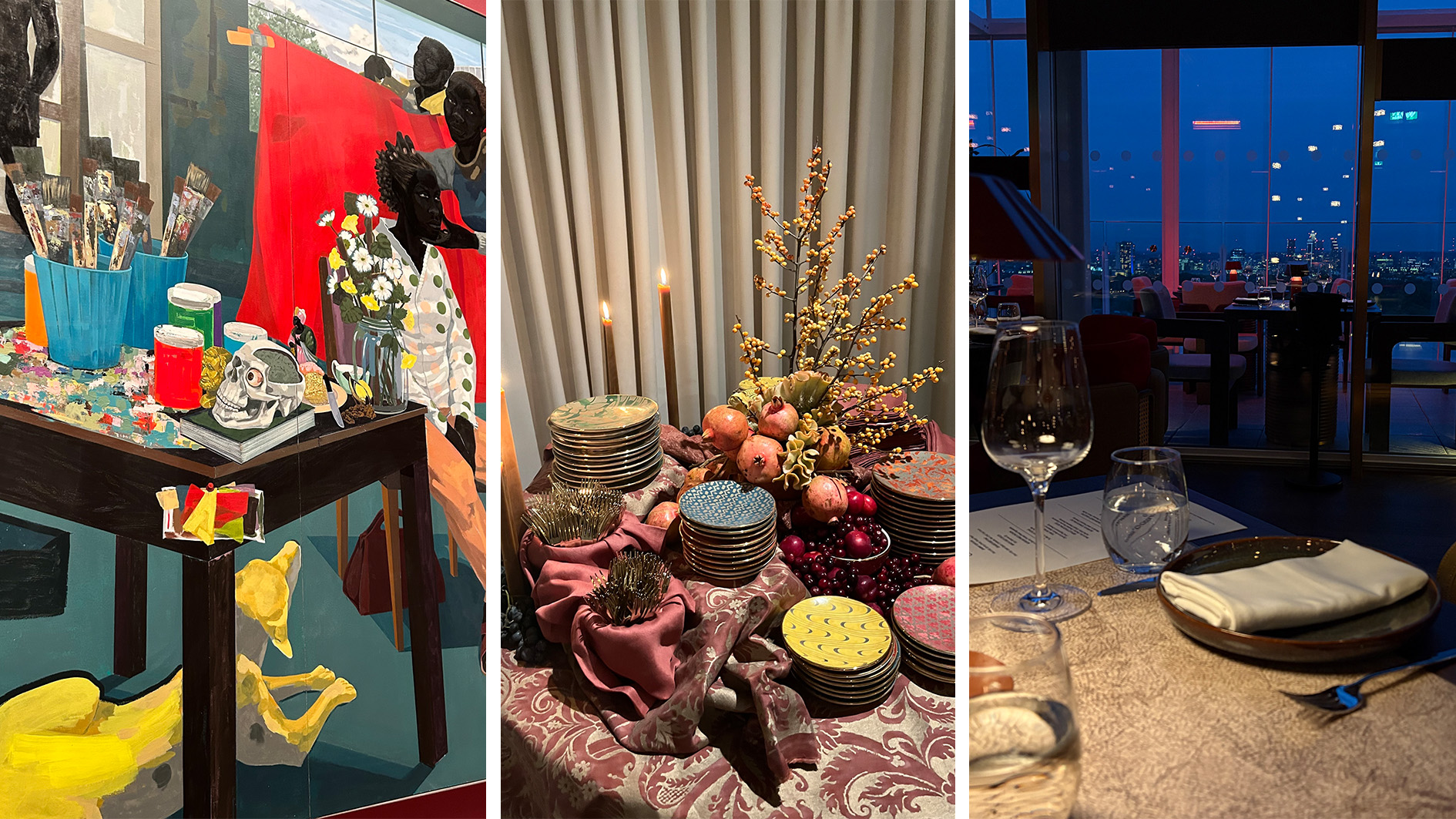 Out of office: The Wallpaper* editors’ picks of the week
Out of office: The Wallpaper* editors’ picks of the weekFrom sumo wrestling to Singaporean fare, medieval manuscripts to magnetic exhibitions, the Wallpaper* team have traversed the length and breadth of culture in the capital this week
-
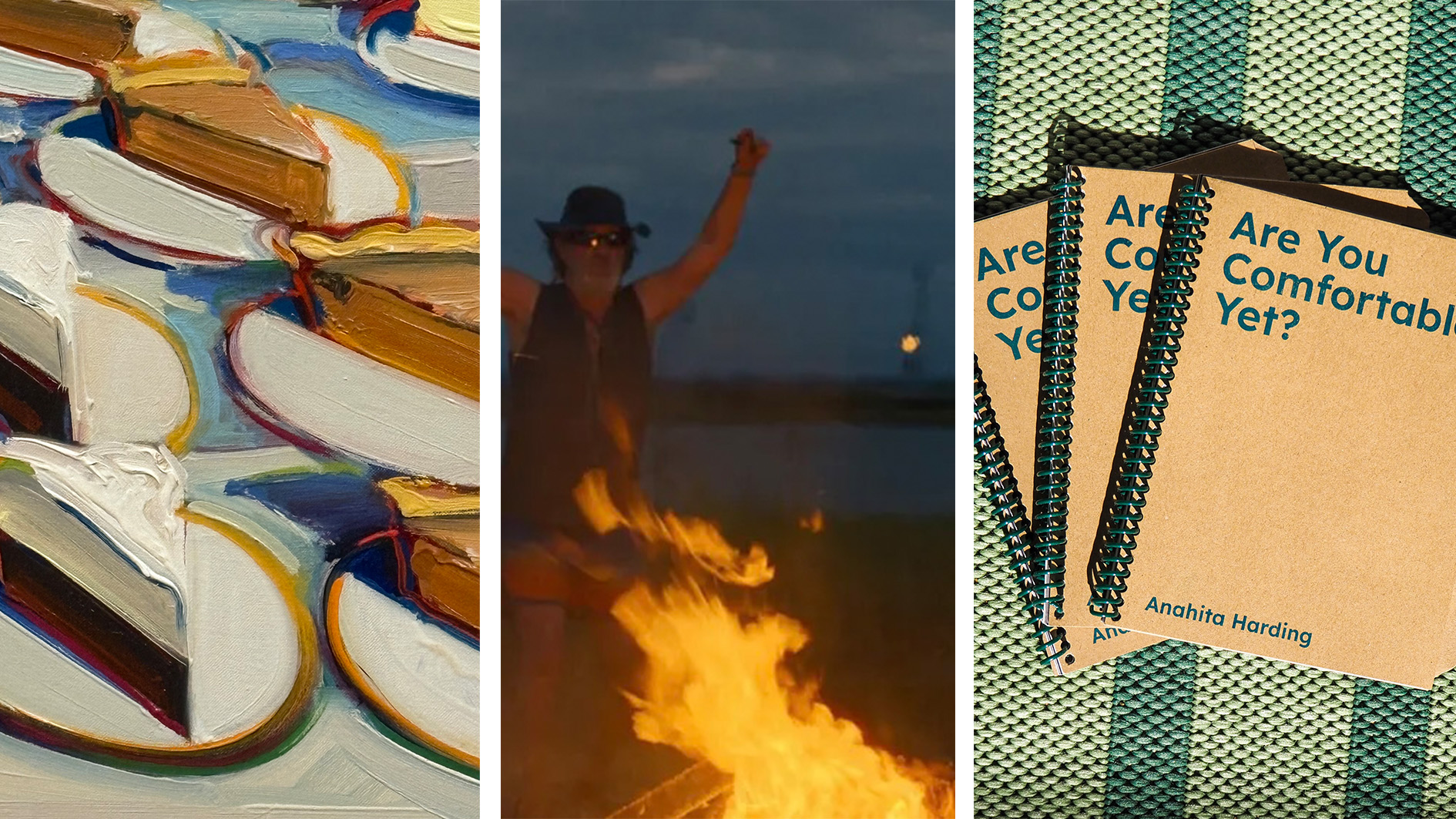 Out of office: the Wallpaper* editors’ picks of the week
Out of office: the Wallpaper* editors’ picks of the weekAs we approach Frieze, our editors have been trawling the capital's galleries. Elsewhere: a 'Wineglass' marathon, a must-see film, and a visit to a science museum
-
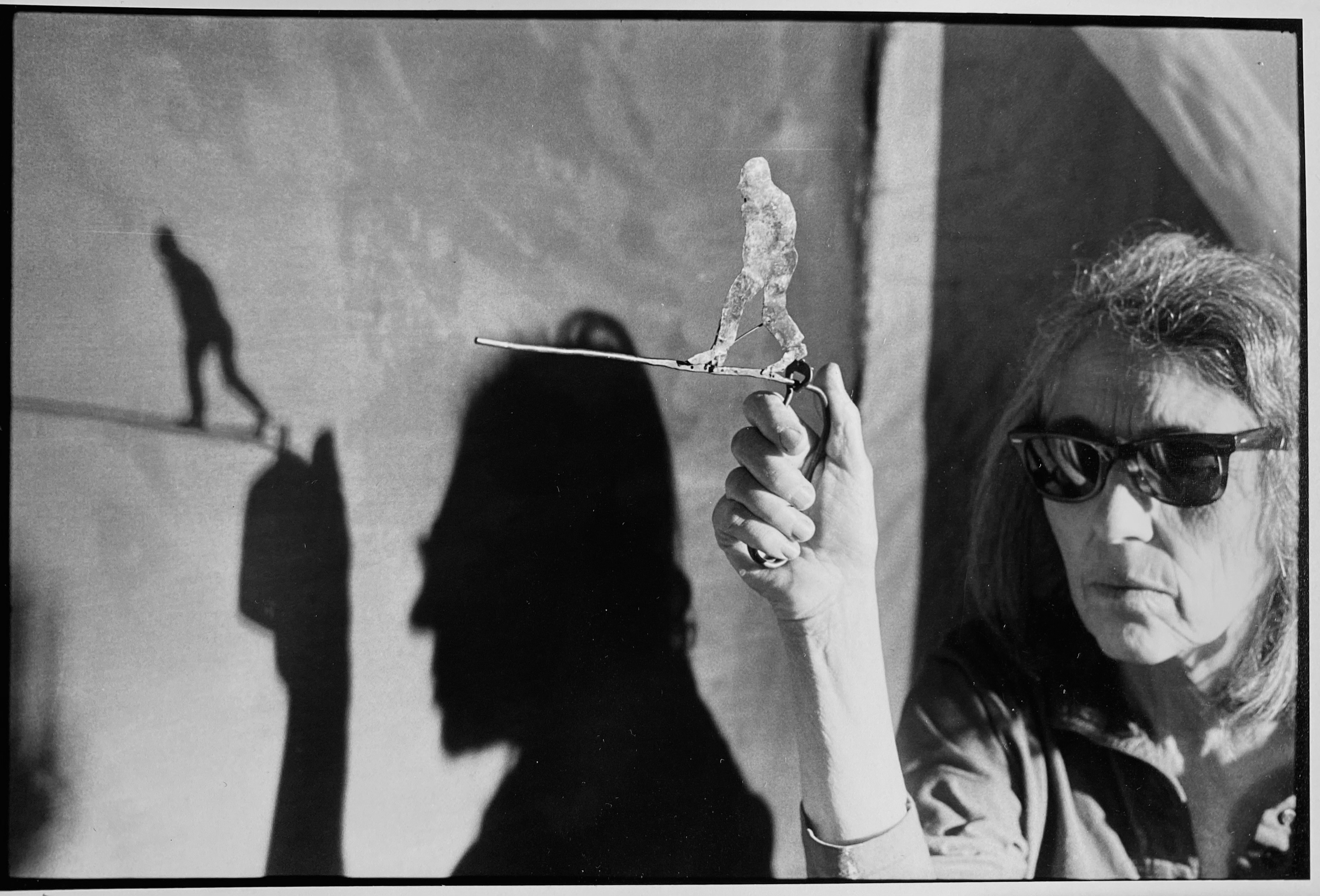 June Leaf’s New York survey captures a life in motion
June Leaf’s New York survey captures a life in motionJune Leaf made art in many forms for over seven decades, with an unstoppable energy and fierce appetite leading her to rationalise life in her own terms.
-
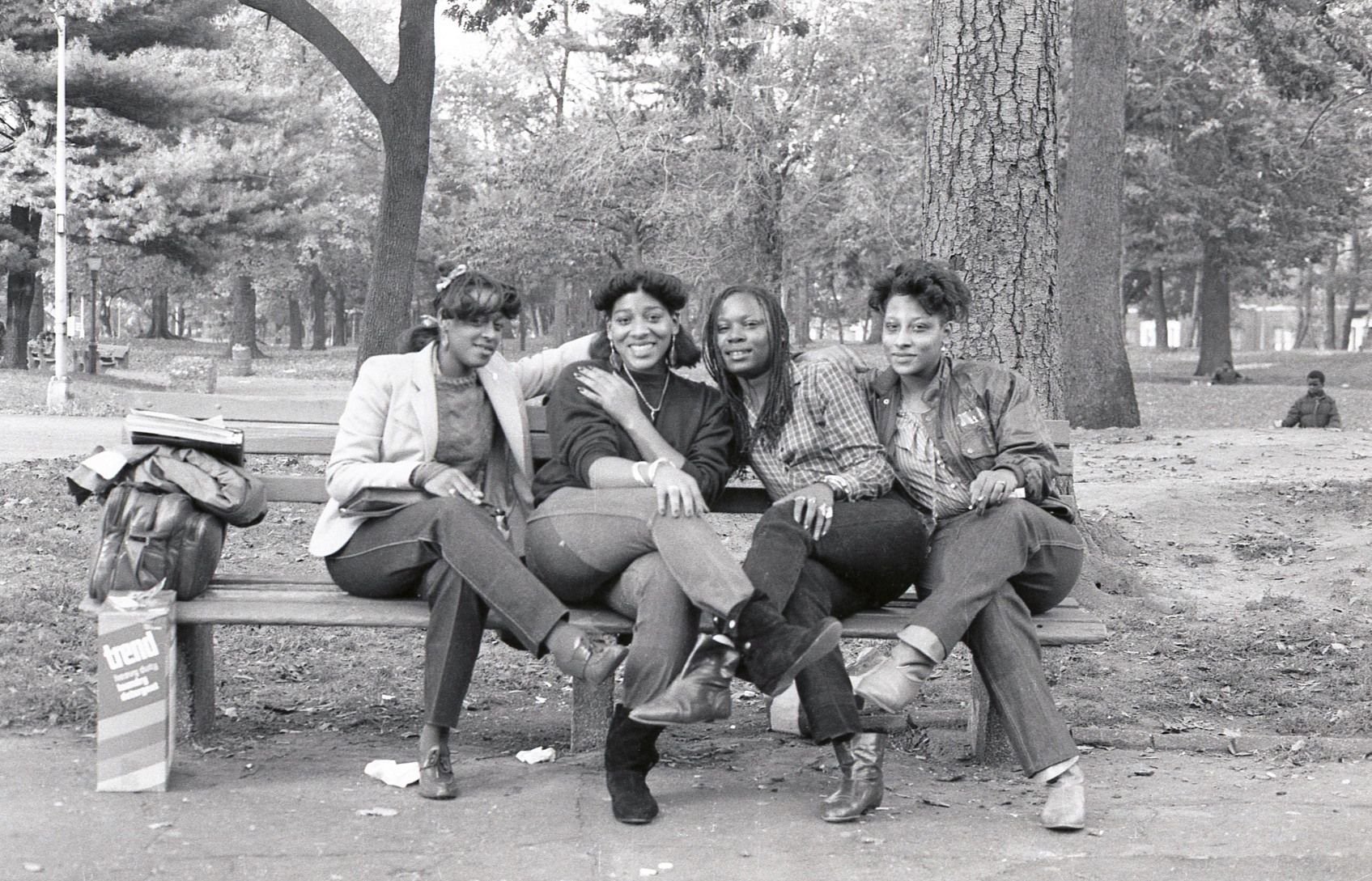 Jamel Shabazz’s photographs are a love letter to Prospect Park
Jamel Shabazz’s photographs are a love letter to Prospect ParkIn a new book, ‘Prospect Park: Photographs of a Brooklyn Oasis, 1980 to 2025’, Jamel Shabazz discovers a warmer side of human nature
-
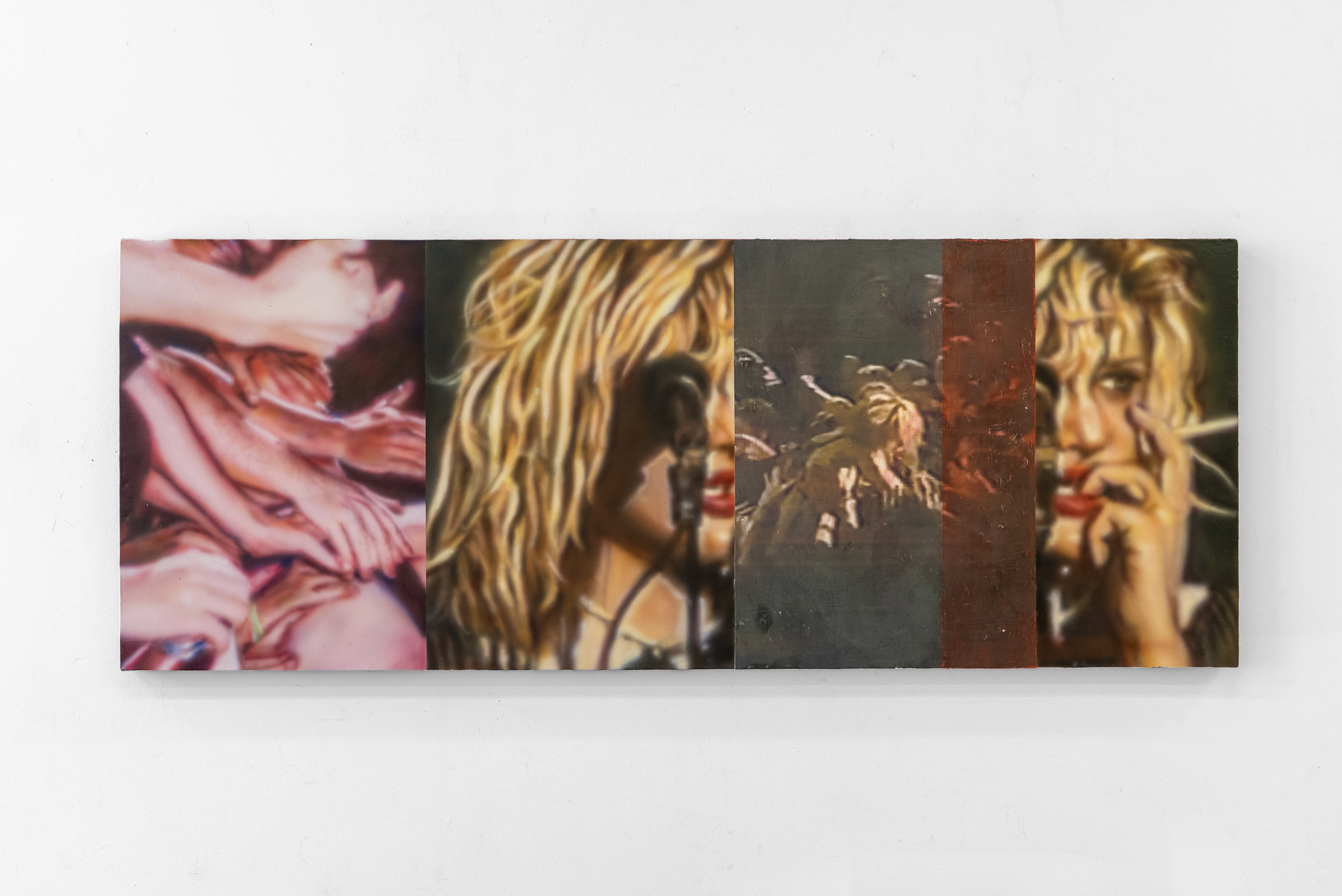 Inside a Courtney Love-inspired art exhibition in New York
Inside a Courtney Love-inspired art exhibition in New YorkLiza Jo Eilers looks to the glory days of Hole at an exhibition at Grimm New York
-
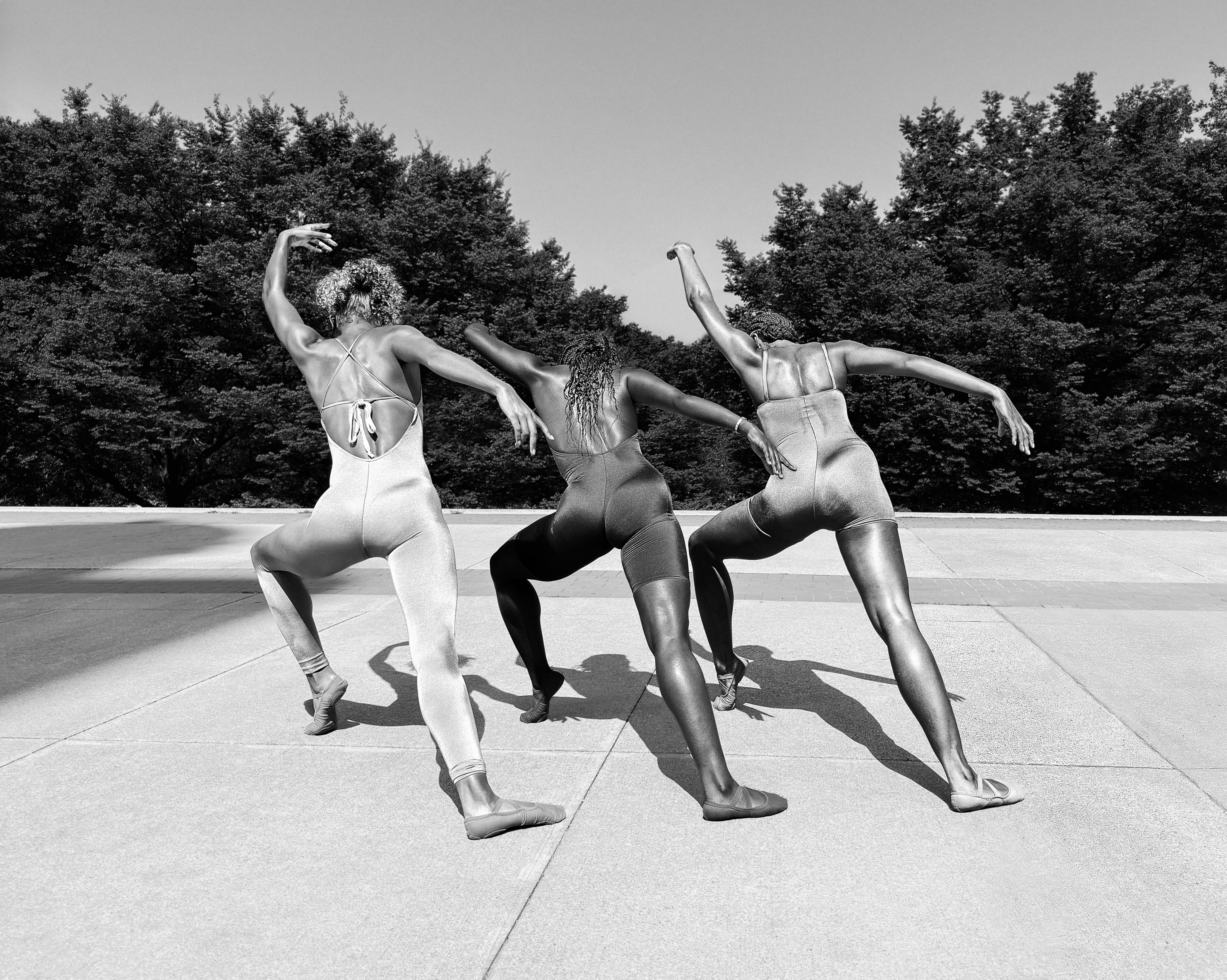 Apple unveils its next-gen camera in a powerful new photography exhibition
Apple unveils its next-gen camera in a powerful new photography exhibitionThe new iPhone 17 Pro Max takes centre stage in a New York exhibition where artists Inez & Vinoodh, Mickalene Thomas, and Trunk Xu explore the theme of joy